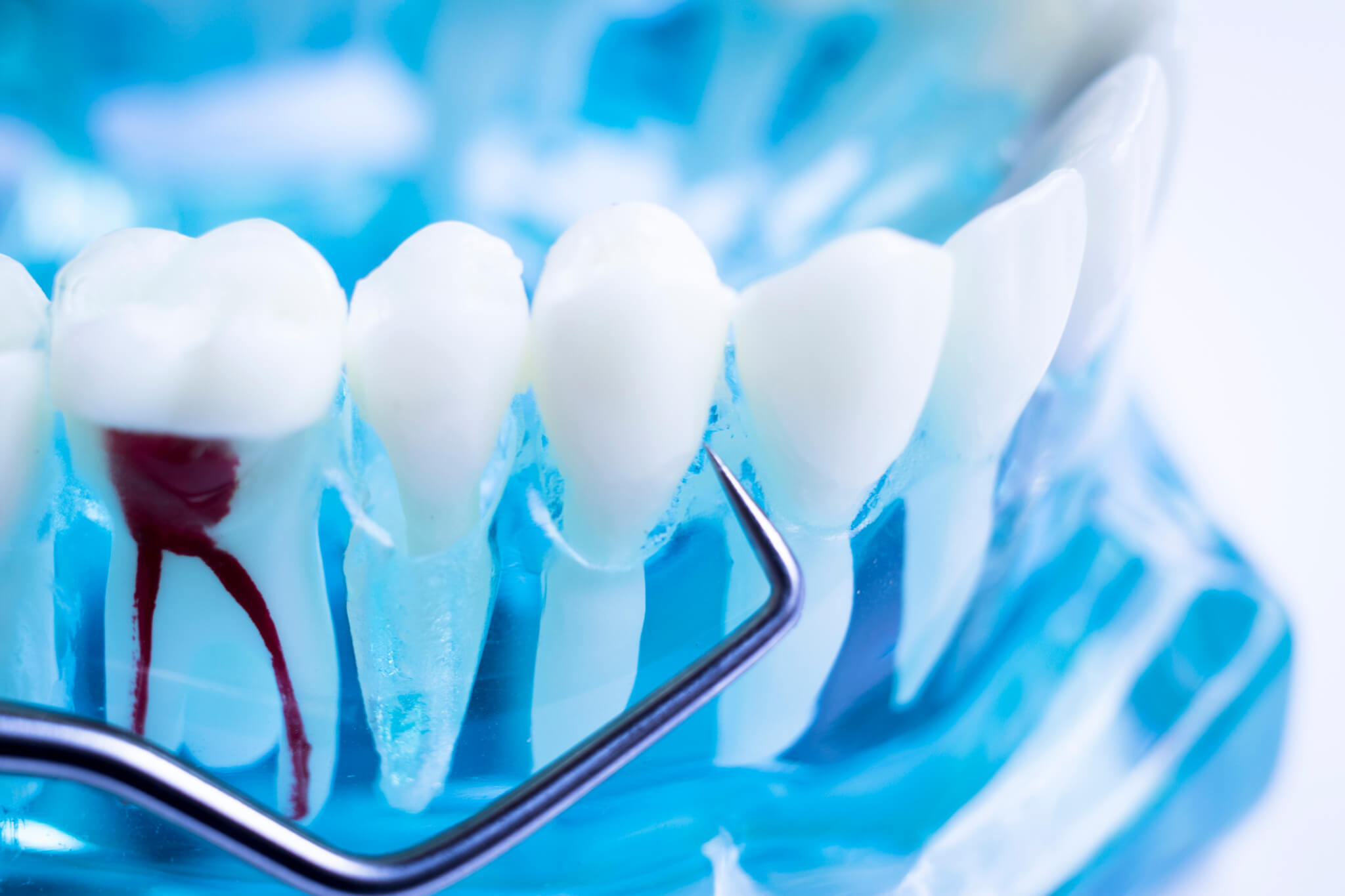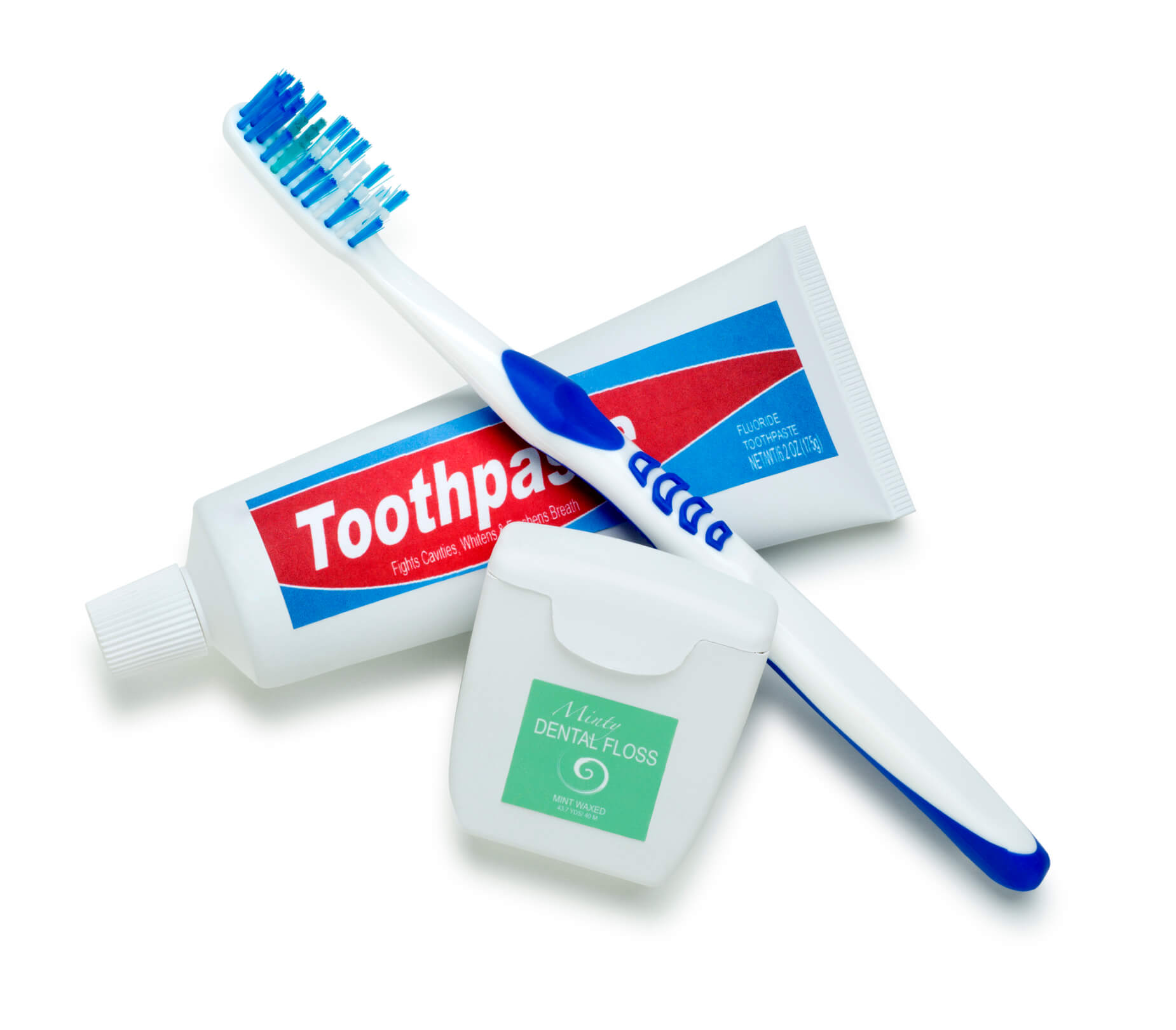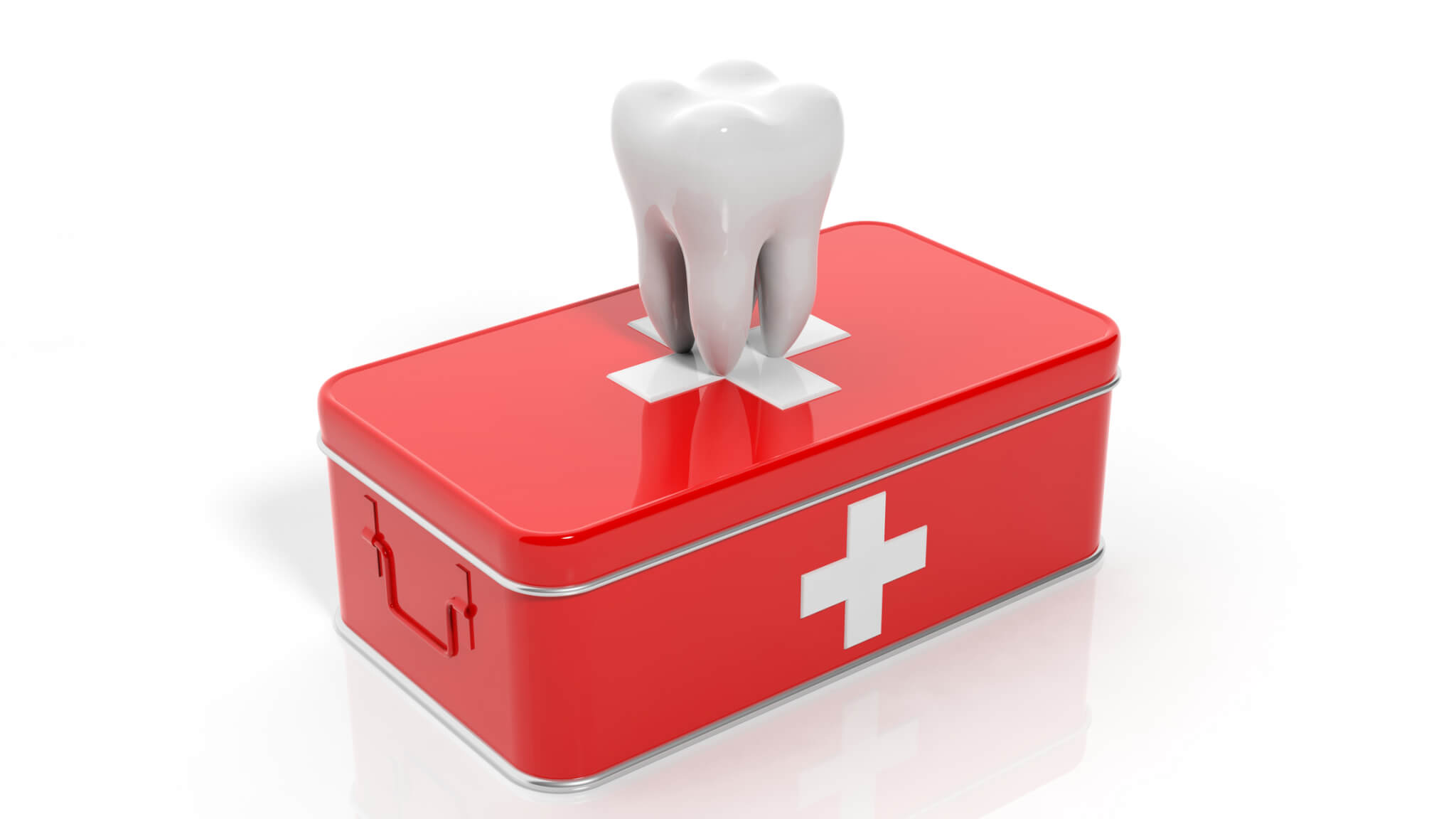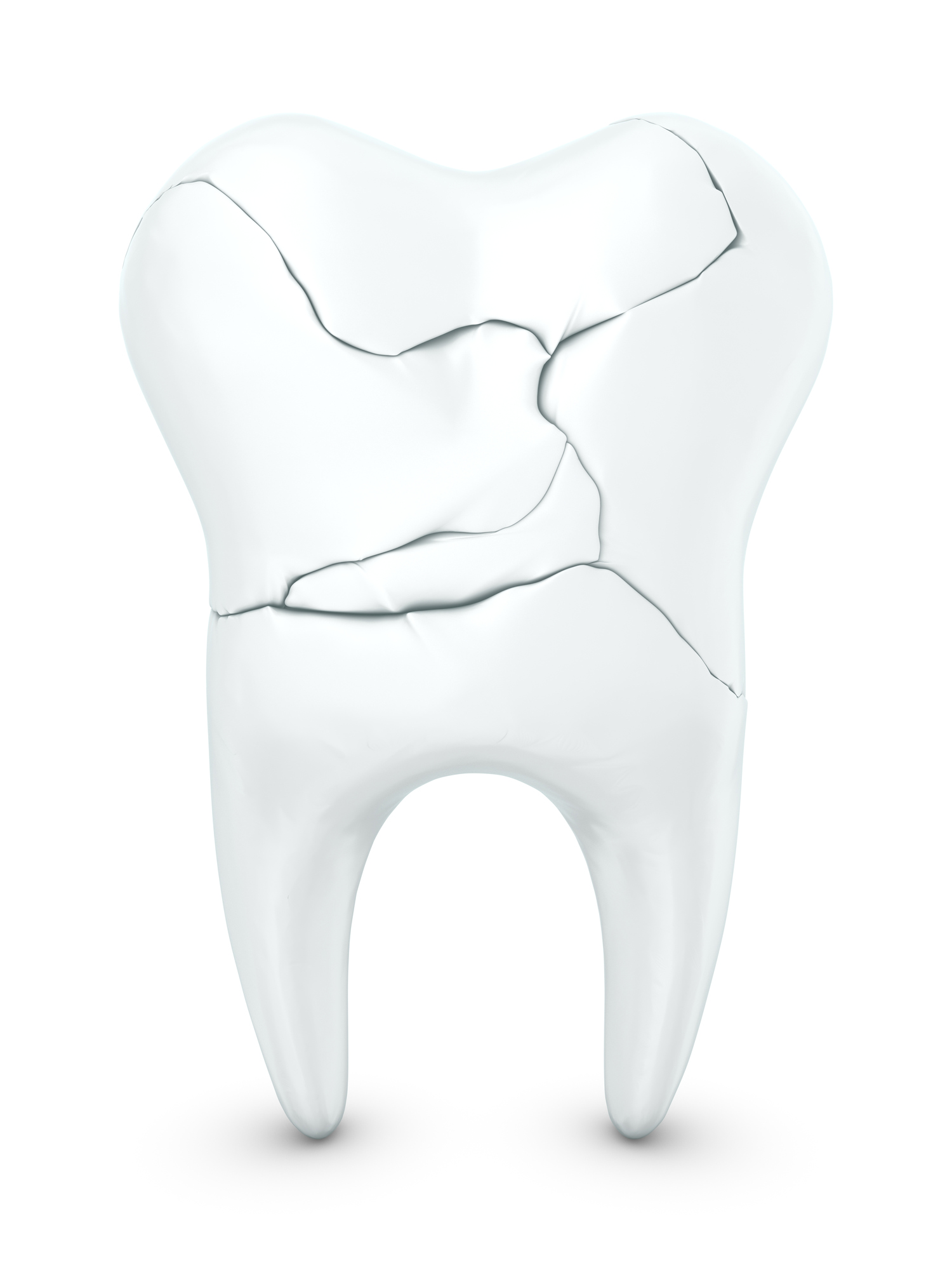
It’s that time of year – soccer fields are full and spring training has given way to games on the baseball diamond. Unfortunately, many young athletes are playing without mouthguards and putting their teeth at risk for injuries.
In recent years, there has been a groundswell of awareness around concussions and Chronic traumatic encephalopathy (CTE). t’s easy to forget that mouth injuries are more common than brain trauma in young athletes. Data from recent studies show that there are between 1.5 and 3 million sports-related concussions annually. Sad bonus fact: only around half of all incidents are reported and treated. But those numbers pale in comparison to the estimated five million teeth that are avulsed (see last month’s blog) each year. The majority of these incidents are related to sports activities, according to a study published on Crest’s DentalCare.com website.
Since we last told you about mouthguards for young athletes, there haven’t been any significant design or technological breakthroughs. However, with the continued progression of online and mail order options, new companies have entered the market and there are many more choices available today. Science Daily has even reported that some custom mouthguards have been shown to reduce the chances of concussions.
Which Mouthguard is Best?
The simple answer is — the one your athlete is most comfortable wearing. If they hate the feel of it, most likely it will end up unused in their gear bag. You obviously want the most inexpensive option, so start with lower-priced models. If they are uncomfortable or unusable, you can work your way up until you find the best fit. However, your athlete may have special needs like braces or a pronounced over/under-bite. Many younger kids may also just be fussy about “how things feel” in their mouth. In those instances, we suggest buying up to a more advanced guard with a balance of comfort and protection. The news and information website Heavy.com recently profiled its Top 10 mouthguards. While it’s hardly a comprehensive list of all options, it does give a good overview of brands, types, and features of each.
If you have questions about sports mouth protection — either for your child or yourself — ask us at your next appointment.


 Just BRUSH! Dental experts estimate that the average person spends around 48 seconds brushing their teeth — far less than the 2-3 minutes recommended by dentists. Since many root canals result from advanced cavities or decay, the other main tactic to avoid root canals is to see your dentist regularly. When we do visual exams and take x-rays, it allows us to spot problem areas before they become big issues.
Just BRUSH! Dental experts estimate that the average person spends around 48 seconds brushing their teeth — far less than the 2-3 minutes recommended by dentists. Since many root canals result from advanced cavities or decay, the other main tactic to avoid root canals is to see your dentist regularly. When we do visual exams and take x-rays, it allows us to spot problem areas before they become big issues.

